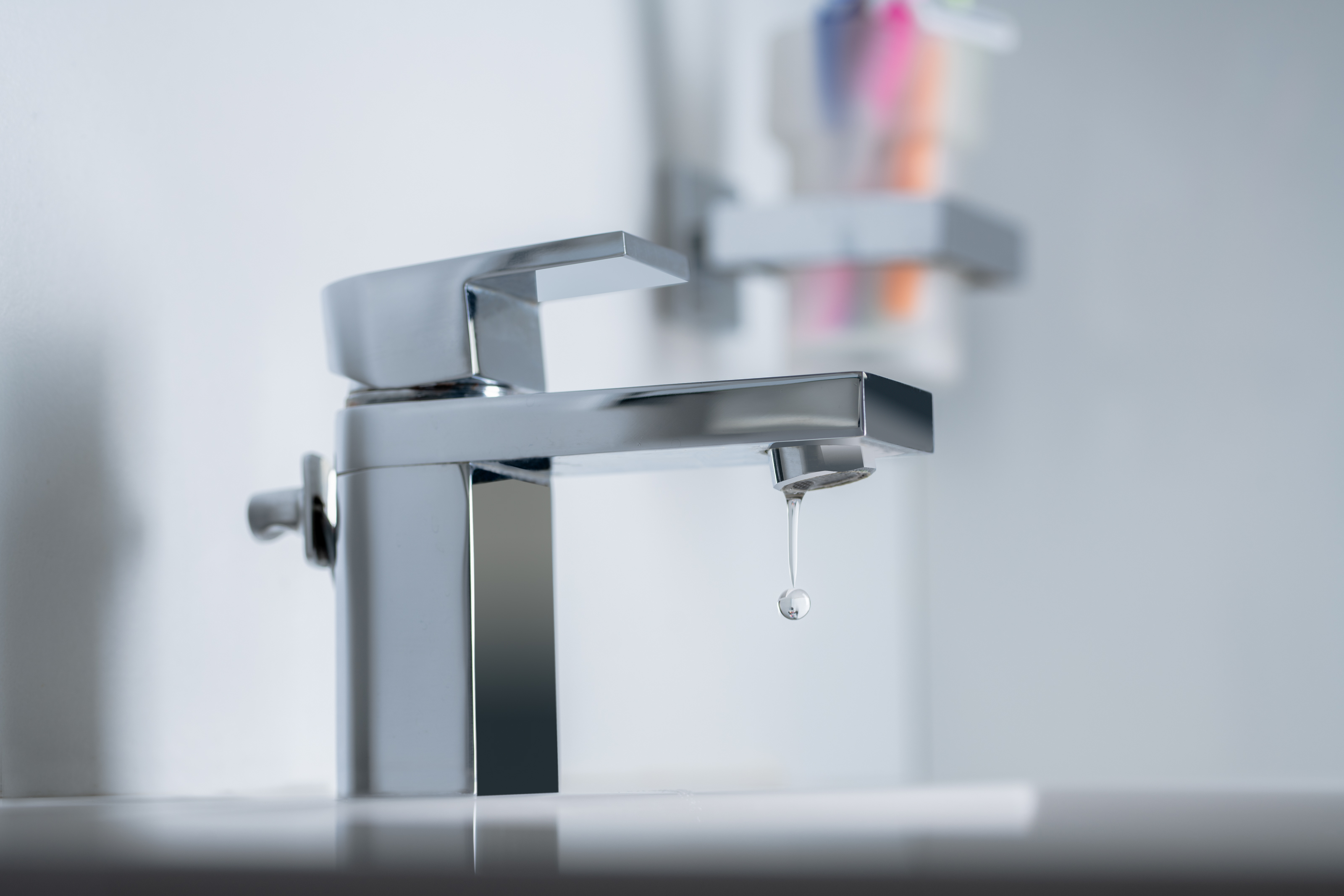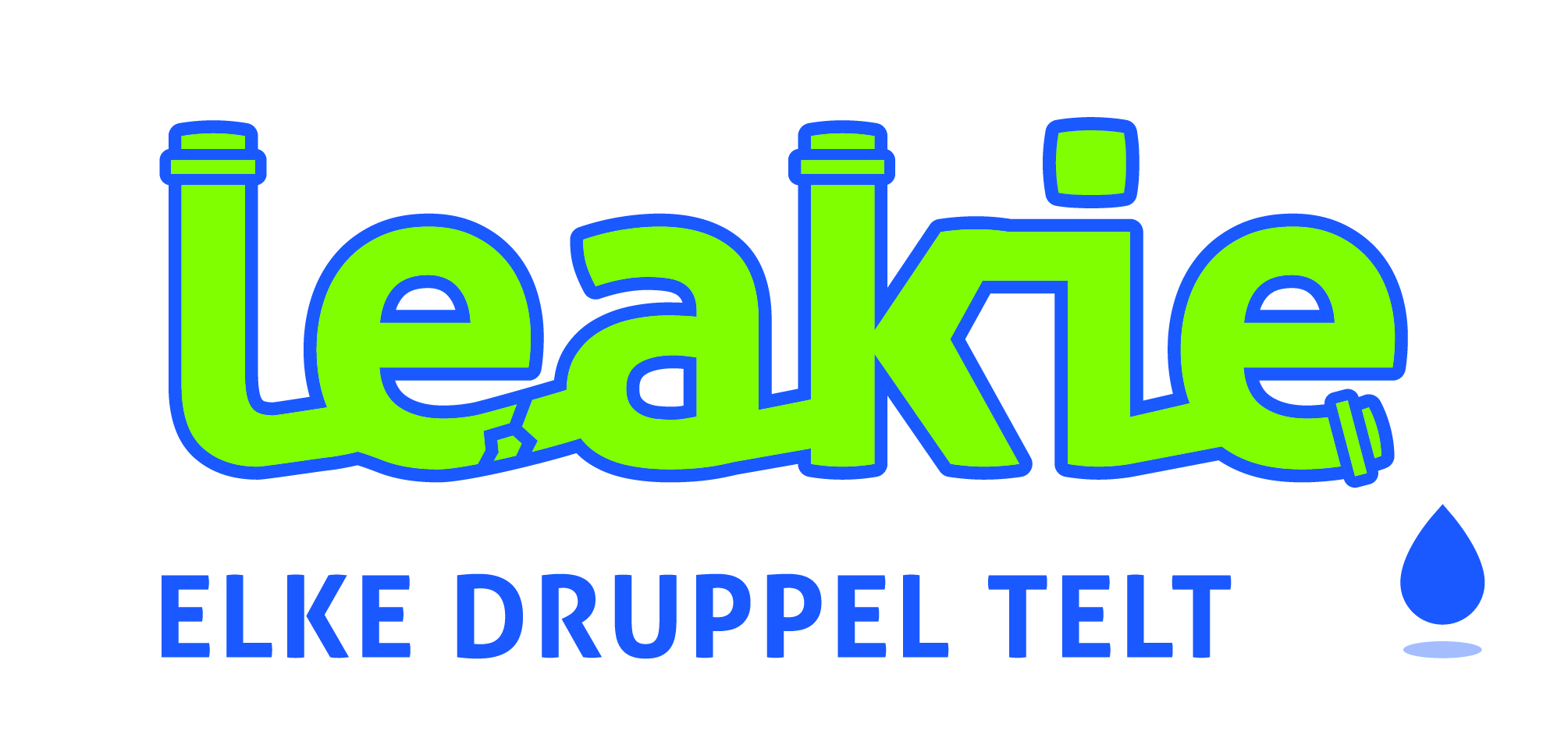Water losses
Fighting water losses
Leaks, water theft, fire water and inaccurate water meters have one thing in common: they all cause significant water losses year after year. De Watergroep has developed an ambitious action plan to reduce those losses.

Leakie
NRW or ‘non-revenue water’ is water that enters the supply grid, but that doesn’t generate any revenue for De Watergroep.
At the start of 2018, De Watergroep’s Executive Committee approved an action plan to reduce water losses. The plan was given the name ‘Leakie’. “By the end of 2021, we intend to reduce the amount of water we lose due to leaks to no more than 20 million cubic metres”, Filip Vancoillie, the Leakie programme coordinator, states.

The action plan operates on the following principles:
- More metering. More pressure meters and flow meters in the grid will enable us to better measure any losses.
- More connectivity. Data from underground meters needs to enter our databases smoothly.
- More insight. Via smart water grids, we can get more information out of our meter data. We will use data analysis and artificial intelligence to find out where water consumption is unusually high, meaning there is likely to be a leak.
- Leak detection. Once we know which area is likely to contain a leak, we need to find out exactly where that leak is. To do so, we need proper procedures and enough leak detectors.
- Repair times. As we are spotting leaks sooner, less damage is caused and we can provide better information to customers. We can make sure that leaks are tackled in exactly the same way, wherever they are.
- Pressure management. Pressure fluctuations literally put pressure on our grid. By keeping pressure more constant, pipework will last longer and fewer leaks will occur.
- Replacement policy. We intend to invest smartly in our grid by replacing pipework at the right time.